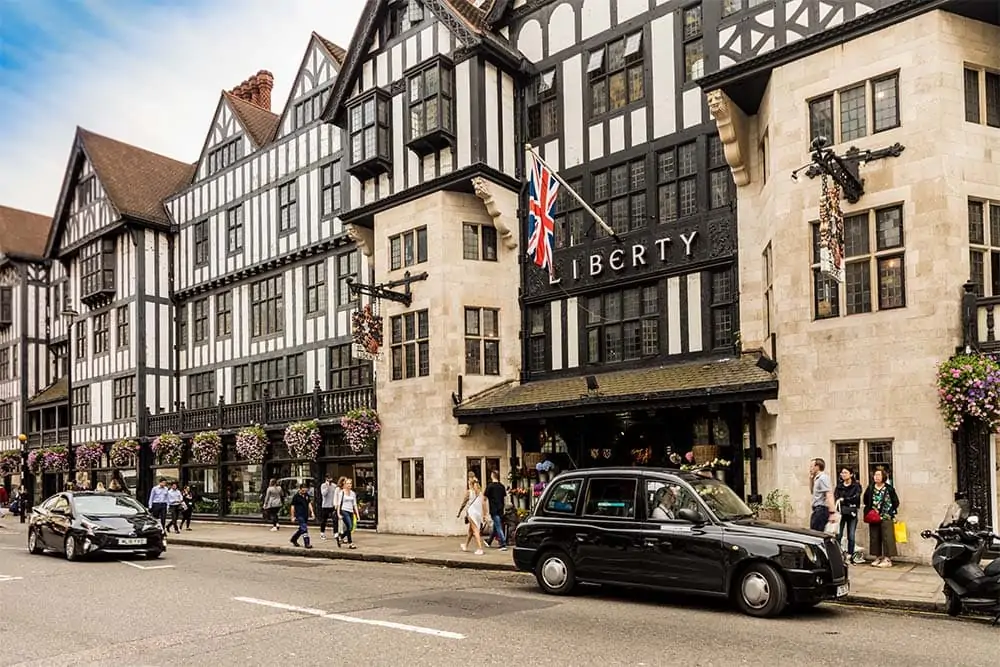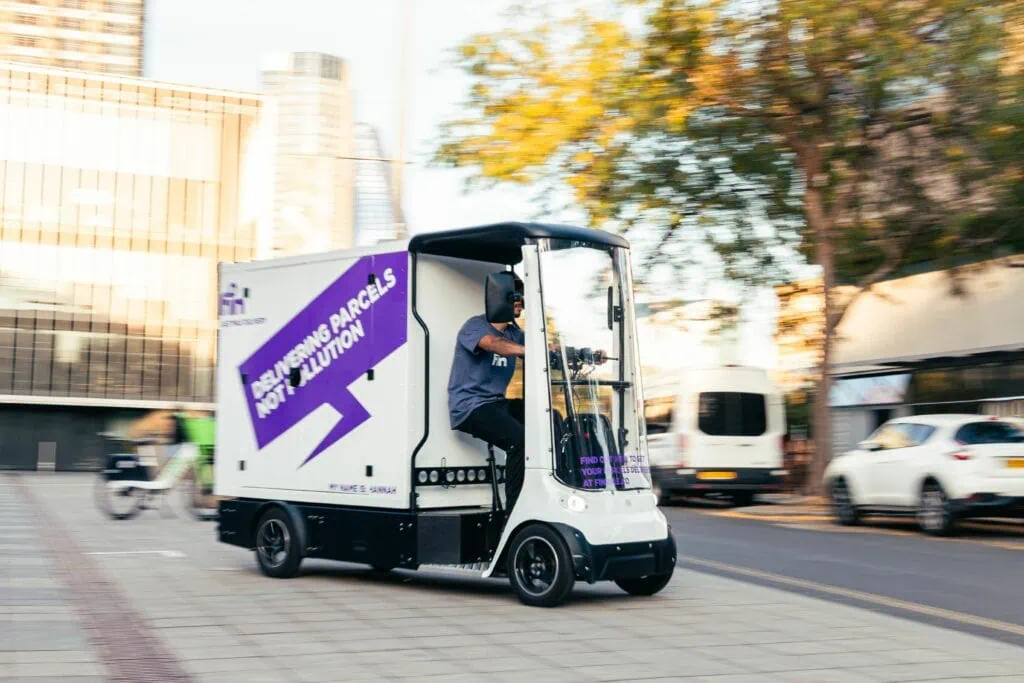
On 1 April the Plastic Packaging Tax (PPT) came into force, requiring businesses to pay £200 per tonne of plastic packaging containing less than 30% recycled plastic that they put into the UK market through manufacture or import.
This tax will be followed in 2023 by the introduction of Extended Producer Responsibility (EPR) for packaging. This is essentially a fund for the recovery of all types of packaging waste, into which any business that puts packaging onto the market, at any stage in the supply chain, will be expected to pay.
These two new pieces of legislation will affect beauty brands in two ways:
- Their use of plastic in products and packaging
- The total weight of packaging they use
How packaging affects brand perception
The urgency to move away from plastic packaging is intensifying. The legal and financial pressure exerted by the new legislation is just one reason. Of arguably greater significance is customer expectation and the influence via social media. Consumers, especially the younger generation, are increasingly looking at the sustainability credentials of the products they buy and basing their choices on what brands are doing for the planet and their corporate social responsibility.
For beauty products, the unboxing experience is crucial in building customer satisfaction and brand loyalty. The use of materials, the level of personalisation and sustainability are all key factors, with consumers becoming increasingly aware and influenced by the environmental agenda.
A Deloitte’s report found that 45% of Gen Z consumers had stopped purchasing certain brands because of ethical or sustainability concerns and 50% had reduced the amount they buy. Among the five sustainable practices that they looked for from brands – alongside carbon footprint, waste reduction, committing to ethical work practices and respecting human rights – was providing sustainable packaging.
Your customers will expect to see less plastic being used in your products and deliveries. A poll of 2,000 UK adults aged 25 and over found that even among the over-65s, 38% check the packaging of beauty products to ensure they are produced sustainably before buying. That rises to 52% among young adults.
If you can deliver their products in a package that tells a positive sustainability story, you will appeal not only to their passion for beauty but for their planet too – and they will be only too happy to share the experience. Get it wrong, though, and the same applies.
Don’t forget to provide clear, accurate information about the sustainable credentials of your packaging. The EY Future Consumer Index, which analyses how future generations want to make sustainable choices, shows that 68% of Gen Z and Millennials want more information to help make better sustainable choices, while 30% agree to have checked or validated sustainability claims made on packaging or in advertising.
Rethinking plastic
Since it first came into use in the early 1900s, plastic has been the obvious choice of packaging material for many products, due to a number of qualities. Light, cheap, mouldable, hard to break and airtight, it is particularly good for beauty products.
But plastic’s resilient properties are also its drawback. It has become a major pollutant and governments are under increasing pressure to restrict its use and step up its recovery and recycling. The PPT will force beauty brands to rethink their use of plastic, both in the manufacture of their products and in their packaging for delivery.
For example, while there is an exemption for ‘plastic packaging where the primary function is for storage’ and this includes manicure sets, it does not extend to hair and beauty or bath and shower products. Similarly, the exemption for ‘plastic packaging that is an integral part of the goods’ includes items like a mascara brush, wand and cap but not the bottle; a lipstick mechanism and case but not the cap; and it does not include liquid soap pumps.
The option with these non-exempt items is to either switch to making them from recycled plastic or use alternative materials, such as lightweight metal and glass, which are easier to recover and recycle.
Currently, 32% of the UK’s plastic is recycled, according to the British Plastics Federation, and 51% of our plastic packaging is recycled. The more recycled plastic you can use, the better chance you have of falling below the PPT threshold.
More efficient packaging
When the EPR for packaging is introduced in 2023, the more you can pare your total packaging weight down, the lower the contribution you will be required to make. And with payments expected to be modulated in relation to different materials, the less plastic you use the better.
Switching to alternative packaging materials, such as metal or glass, can have advantages in terms of brand perception but disadvantages in terms of security and weight. Glass is fragile and so it has to be thoroughly protected. That usually means more packaging. But now the focus is on more efficient packaging: making the package fit the product so it is held more securely with less need for padding.
This has the threefold benefit of enabling the use of more fragile materials like glass or ceramics in place of plastic, reducing or removing altogether the need for plastic packing materials like bubblewrap and keeping the total package smaller and lighter, thereby reducing delivery costs.
Where elegance and refinement are imperative, there are fantastically imaginative boxes being produced by our packaging partners. Well designed cardboard not only fulfils the practical needs of beauty brand packaging but actually adds to the sense of quality and the unboxing experience.
Moreover, the inherent quality of materials like glass and metal lend themselves to the perception of luxury and style that is so important in beauty. A little extra spent on the product materials will boost brand perception and can be recouped through more efficient packaging.
Refillable packaging options
Making your packaging reusable is an effective way to reduce the waste burden and a number of our beauty customers are already forging ahead with this approach. You can buy refillable lipsticks, bronzers and eye makeup from Charlotte Tilbury; Trinny London now offers refills for its skincare lines; Augustinus Bader provides refills for its eye creams, serums and hair revitalisers; and Caudalie sells a refill for its anti-ageing cream.
Malin + Goetz has gone big with its 1 gallon bottles of hand + body wash, containing up to 15 refills for its 8.5oz dispensers, while Korres has built sustainability into every stage of its ‘Full Circle’ production process, from responsibly sourced natural ingredients through to its Recycle Lab, where “empties are given a second life as new packaging, art, objects, and even furniture”.
Offering customers a returns service so that packaging can be sent back and recycled is another option being adopted by beauty brands. MOB Beauty has gone a step further and developed a range of fully compostable packaging called New Purpose, which it aims to use for all its products by 2024.
The transition to compostable and recyclable packaging materials is also being facilitated by the widespread development of waterless beauty products. Procter & Gamble, for example, is launching shampoos and conditioners in bar form across all its beauty brands. The move to waterless beauty products not only helps to alleviate the pressure on dwindling water supplies around the world, but also enables products to be packaged in natural and sustainable alternatives to plastic.
Make a positive difference
The new packaging legislation will force a lot of beauty retailers to rethink their strategies, especially those with a significant e-commerce function. However, brands are already showing how, with an inventive approach, this can be an opportunity for improvement, both in terms of customer impact and profitability.
We are working with our partners all the time to find new, improved solutions to the packaging challenge. We can advise our beauty customers about their options in readiness for PPT and EPR, as well as ways to add lasting impact to their products. Call ILG on 0344 264 8000 to see how we can help.
For further details of the new packaging legislation, read Part I here.
Contact Us
More insights >
A Guide to UK Market Entry for Canadian Brands
Canada’s traditional export routes have been radically changed recently and the UK market could be a good alternative to the US. Read our guide to UK market entry.
ILG Partners with Fin – Sustainable Logistics
ILG is thrilled to announce its new partnership with Fin Sustainable Logistics, a pioneer in zero-emissions delivery services.

